Celebrating Community Action Month with CAAS
May is Community Action Month! This month, we’re celebrating the power that we hold as communities to work together and end poverty. CAAS may be your favorite (and the only) Somerville-based Community Action Agency, but you might be surprised to know that there are actually 23 Community Action Agencies (CAAs) in Massachusetts alone, and over 1,000 across the country. And while CAAS was founded in 1981, it’s part of a larger fight to end poverty that reaches all the way back to 1964. Join us as we take a look back at the history of Community Action Agencies, share some of CAAS’ history, and reflect on how we can continue to serve our community in the future.
The History of Community Action Programs
The 1960’s saw the beginning of the first federal efforts to understand and end poverty and economic inequality in America. This effort was largely led by Black Civil Rights Activists of the time. Activists recognized that economic inequality was being reinforced by systemic racism, and that America had the resources and responsibility to address it. Social mobility programs (including the GI Bill, the New Deal, and the Social Security Act) that had helped build the American middle class excluded Black Americans not by incident, but by design, and widened the economic gap between Black and White communities. At the time of the Civil Rights Movement, the Black poverty rate was more than double the White poverty rate.
After the U.S. Supreme Court Decision in 1954 on Brown v. Board of Education ending the segregation of public schools, the federal government began writing policy that addressed inequality and racism that had previously gone unchecked at the state and local levels. In 1964, President Lyndon B. Johnson announced a War on Poverty. The programs that resulted were, unlike previous economic policies, designed to end both poverty and racial injustice. One of Johnson’s first actions in the War on Poverty was to sign the Economic Opportunity Act and establish the Office of Economic Opportunity. The Office of Economic Opportunity coordinated federal anti-poverty efforts with local communities, and CAAs were established as the vehicles to build that local connection to federal funding. Communities that had previously been shut out from funding opportunities due to racially discriminatory policies, like redlining, were now direct recipients of federal funding through Community Action Programs.
These CAAs were unique for their community-centric design. They led with “maximum feasible participation” for the poor as one of their governing ideas, meaning that the people running CAAs, including employees and board members, were oftentimes members of the populations they were designed to serve–poor and underserved members of the community. This was a notable disruption to existing structures. It was so radical that amendments were put in place to hamper the participation of these communities. Over the following decades, there were a number of attempts from presidential administrations to end Community Action Agencies altogether. Despite these efforts, Community Action Programs have continued to serve their communities and worked to change the lives of thousands of people.
The Community Action Agency of Somerville
It’s essential to recognize that the goal of each CAA is determined by the community it serves. While each of the 23 CAAs in Massachusetts have a shared purpose of ending poverty, each one operates to meet the specific needs of its local community. CAAS does that through Head Start, Housing Advocacy, and Community Organizing and Advocacy programs, because those are the greatest needs for our community. To ensure that we’re meeting our community’s needs, CAAS conducts a widespread Community Needs Assessment every three years, which involves surveys, interviews, and guidance from our community members, and structures the organization’s plans for the next three years around the results.
Head Start is CAAS’s longest-running program, and the need for affordable childcare has remained as one of the greatest needs for our community over time. Addressing the need for affordable housing has also been one of CAAS’ longest-running efforts. CAAS has also previously led drug-prevention programs for Somerville teens, known as the Somerville Community Partnership, and a racial justice coalition, known as the Somerville Coalition Organizing for Racial Equity. Ending poverty lies at the root of all of our efforts. No matter what, we will continue to create avenues for marginalized and underserved members of our community to not only achieve financial independence, but to organize and end the root causes of economic injustice.







